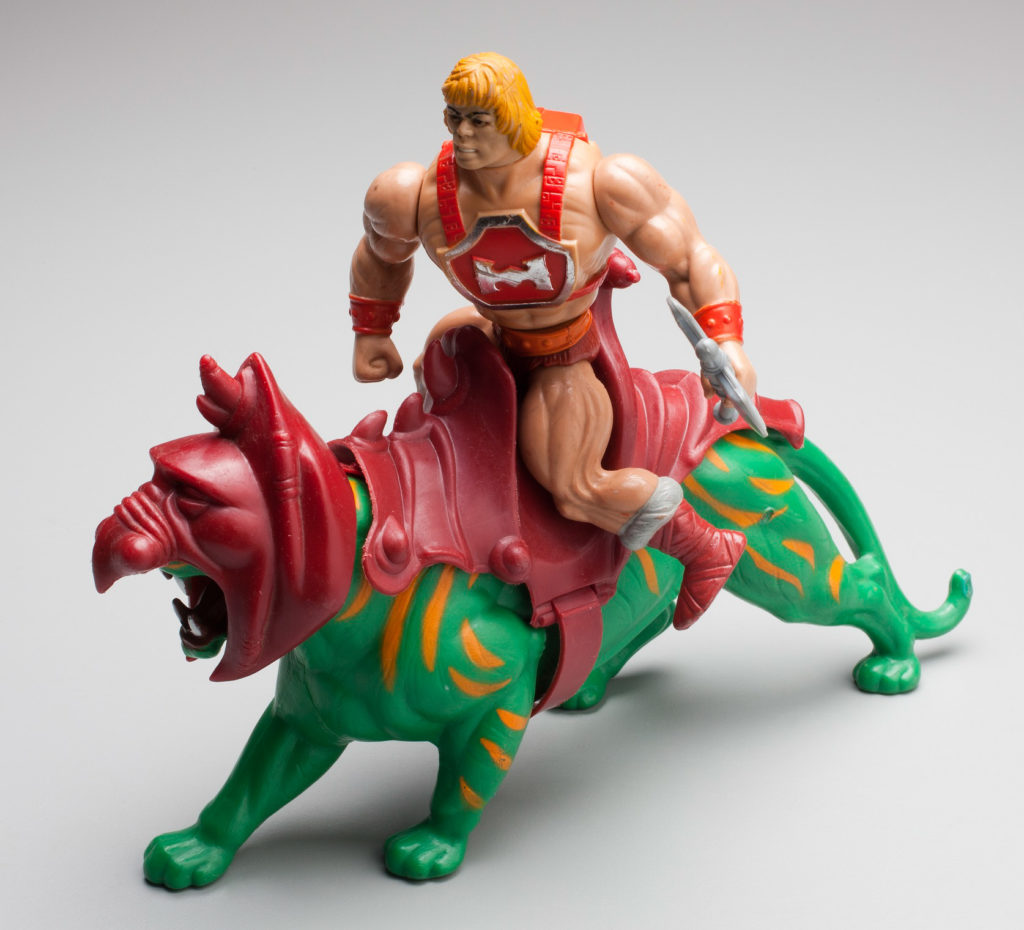
Was your childhood spent in the 1980s? Then the names Puggle, He Man, Fabuland, Battle Cat and Teddy Ruxpin will ring a few bells this Christmas.
Fantasy toys were an element of the 1980s. The super-hero toys He-Man and his and his faithful steed, Battle Cat, were media merchandising from the Masters of the Universe (MOTU) film, cartoon and comic series.
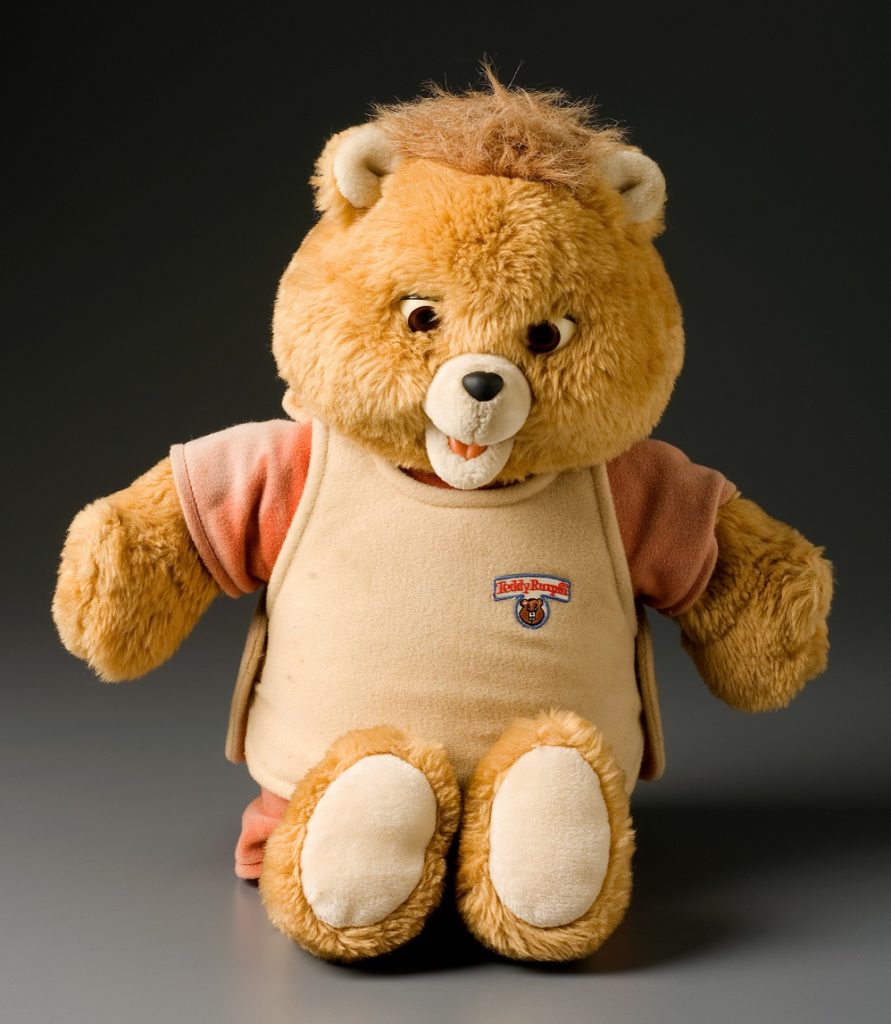
One of the most collectable toys from the decade is said to be a talking teddy bear called Teddy Ruxpin. He has a built-in cassette tape player in his back and when a special tape was inserted he came to life. His eyes and mouth moved, and he appeared to talk, telling his adventures on some 40 different tapes. How did the creators achieve animatronics with a simple cassette player inside the bear? Stereo cassette tapes usually featured two distinct tracks for the right and left-hand speakers. Teddy Ruxpin’s player read the right track with the bear’s movements encoded and the left one had the audio.
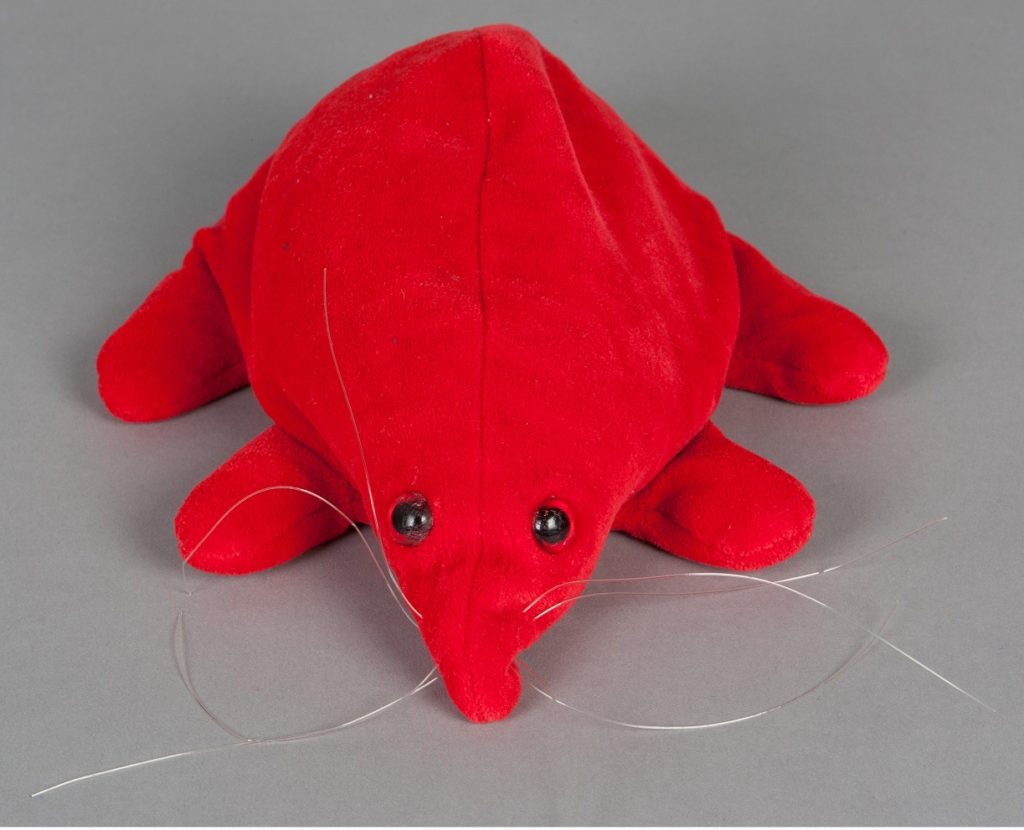
The huge US toy firm, Mattel, made a uniquely Australian soft toy called a Puggle, a baby echidna. It was developed in the US by the Australian rock singer, Billy Thorpe, and his Aztecs guitarist, Tony Barber. The idea was to immerse children in the enchanting world of the Australian bush through stories, toys and a chain of gift shops across Australia, New Zealand and America called The Lost Forests. If you were an 80s or early 90s child, chances are you went to a birthday party in one of these shops. The successful 80s Australian films, Mad Max and Crocodile Dundee, were catalysts for international interest in Australia but most of The Lost Forests shops had closed by 1993.
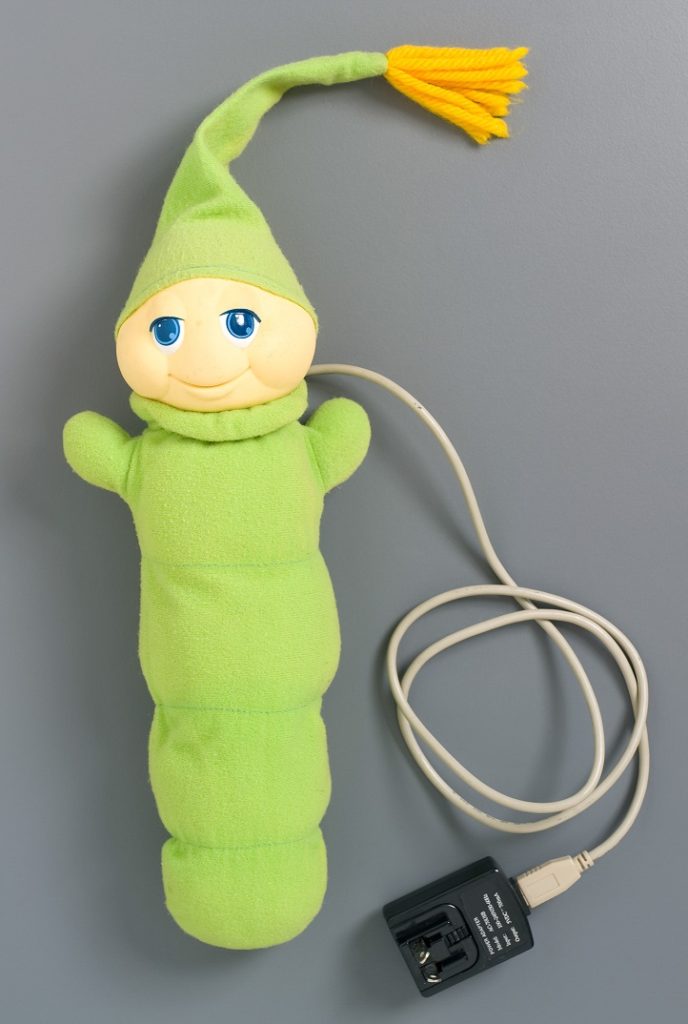
Another cute soft toy relating to nature was the Glo Worm. An ideal bedtime companion, it combined a soft toy and night light. When its body was squeezed the head would light up. The sleepy-faced, night-cap-wearing toys tucked up into their sleeping bags appealed to both adults and children alike.
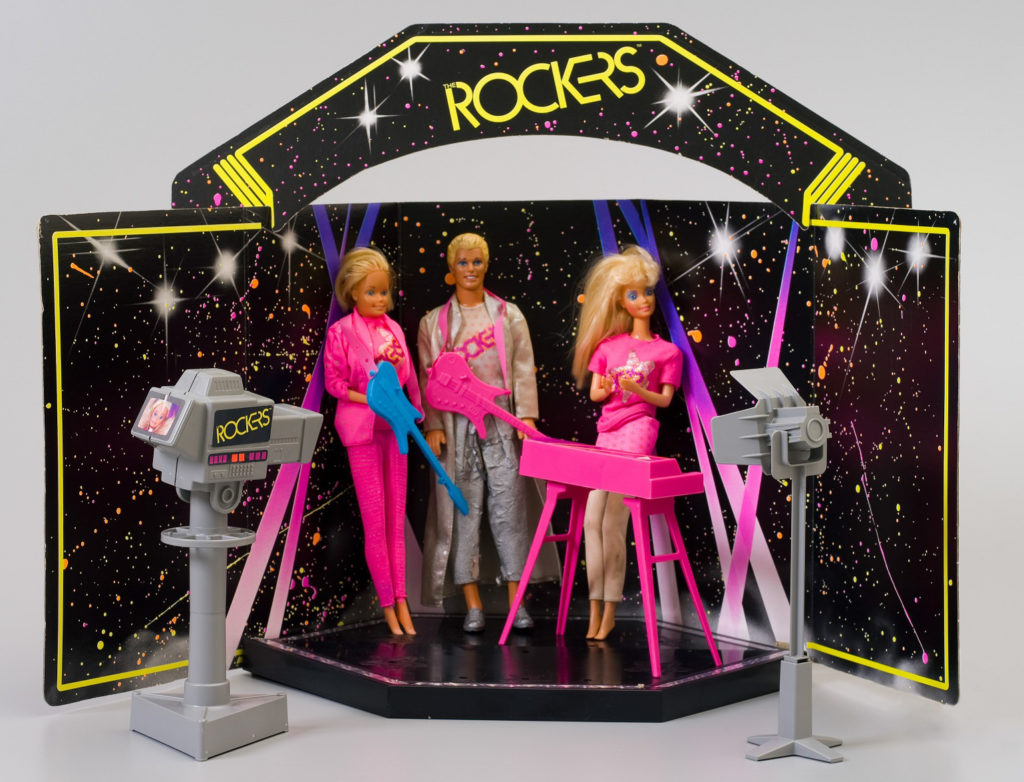
As with Barbie, Lego has kept reinventing itself for decades. In the 1980s they marketed Fabuland to both boys and girls aged 3 to 7 years who were too old for DUPLO and too young for LEGO Town kits.
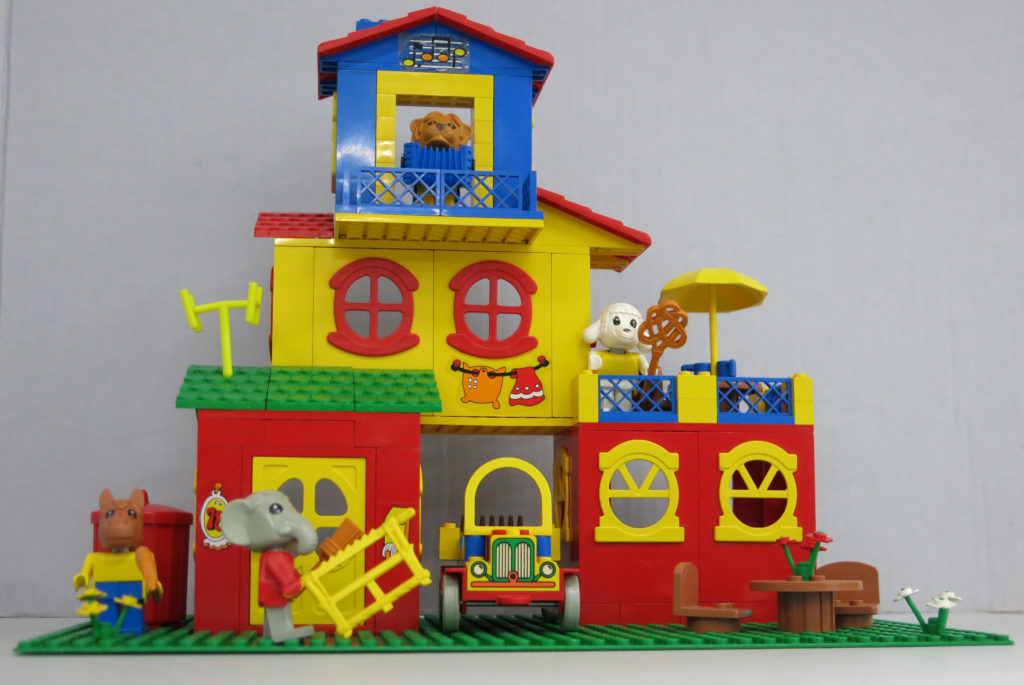
Fabuland represented a by-gone age, the aircraft were bi-planes, the ship was a side-wheel paddle steamer and the automobiles came out of the 1920s. The animals were anthropomorphic with storybook-alliteration names such as Max Mouse, Bonnie Bunny, and Henry Horse. Did you notice Fabuland’s well-developed animal social hierarchy? A lion was mayor, bulldogs were policemen, the crocodile an untrustworthy criminal, horses hardworking handymen and birds all flew planes.
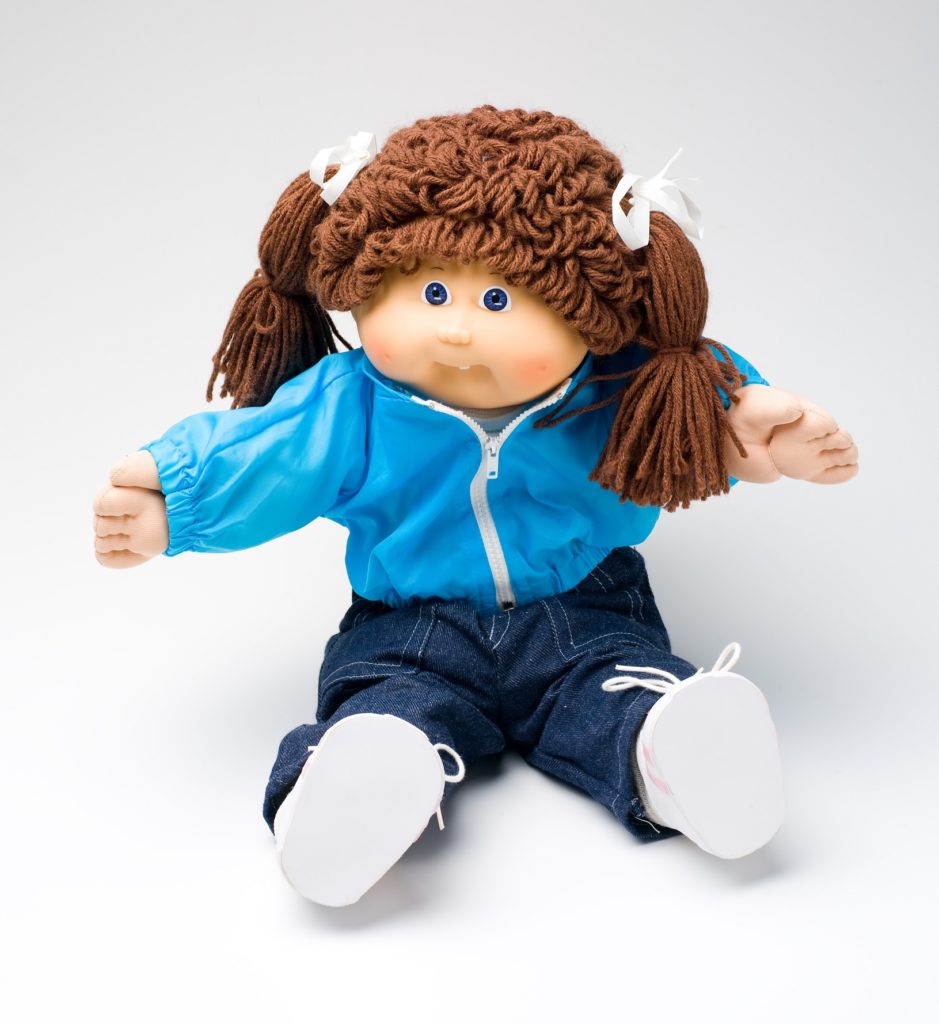
Cabbage Patch Kid dolls swept the world in the early 1980s with millions ‘adopted’ to children complete with adoption papers, family histories, footprints and thumbprints. Each was unique with different-coloured eyes and hair, expressions and hairstyles. The ‘Kids’ went on sale in the US in 1983 and as Christmas approached parents became increasing desperate to have their child ‘adopt’ one. Seventy-five million were sold worldwide in 12 years. Do you still have your adoption certificate for your ‘Kid’ or perhaps you adopted a soft toy dog? Created in 1984, Pound Puppies came in a dog-kennel shaped cardboard boxes with adoption certificates too.
With the rise of the personal computer, video games could be played at home rather than in arcades. The release of the Nintendo NES (Nintendo Entertainment System) in 1985 brought the console industry back to life after the video game crash of 1983. Although games continued to be played on PC platforms, the popularity of game consoles reached new heights through the later years of the 80s with games played on your own TV. NES control decks came in a Basic Set for $99.95 with control deck, two controllers and the famous Super Mario Bros cartridge. A Deluxe Set for $199.95 also had promotional gear, different controllers and multiple games.
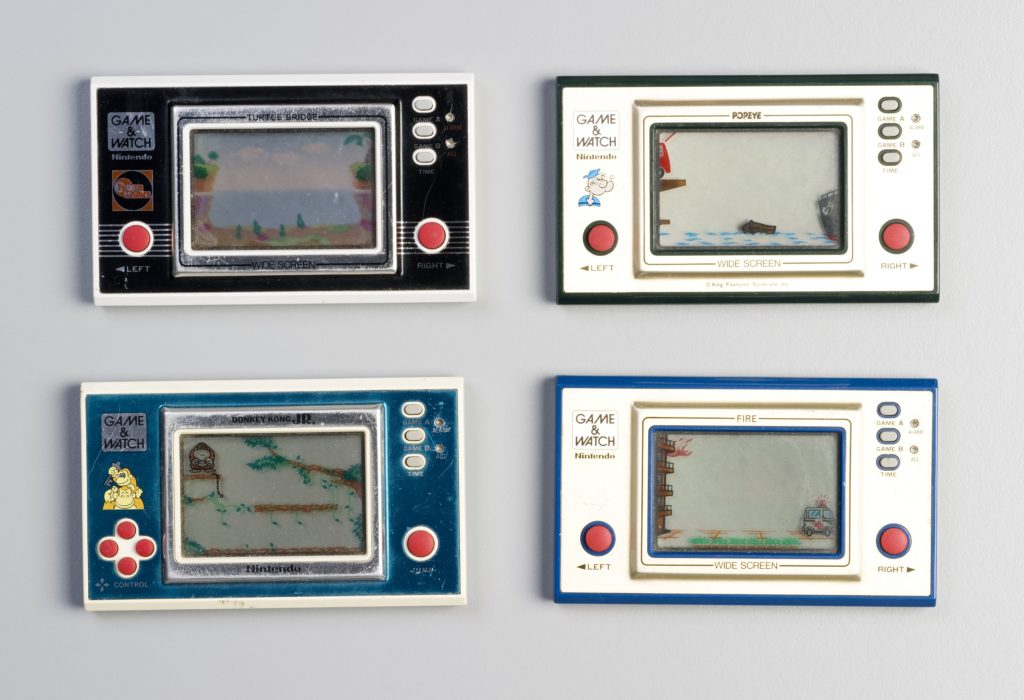
Small hand-held games broke new ground in applying electronics to toys with Nintendo again the big player. They featured content with a winning balance between achievable outcomes and degrees of difficulty which invited the user to play again. Nintendo’s Game & Watch and Game Boy were at each end of the decade with the latter selling over 64 million between 1989 and 1998. For use anywhere and anytime, it came with the popular game cartridge Tetris.
Much more could be written about the toys and games from the 80s. If you enjoyed reminiscing about them, you can find more at the following links: Smurfs and Coca-Cola yo-yos (which made a comeback), Rubik’s Cube, Michael Jackson doll, Boy George doll, Dukes of Hazard game, the A-Team toys, Star Wars figurines, Sesame Street Muppets, Knight Rider game, and of course Lego.
Written by Margaret Simpson, Curator, December 2018.
Looks like a cool exhibit, you can play a few of those Game & Watch games in your browser here: http://bdrgames.nl/lcdgames/
i love barbie